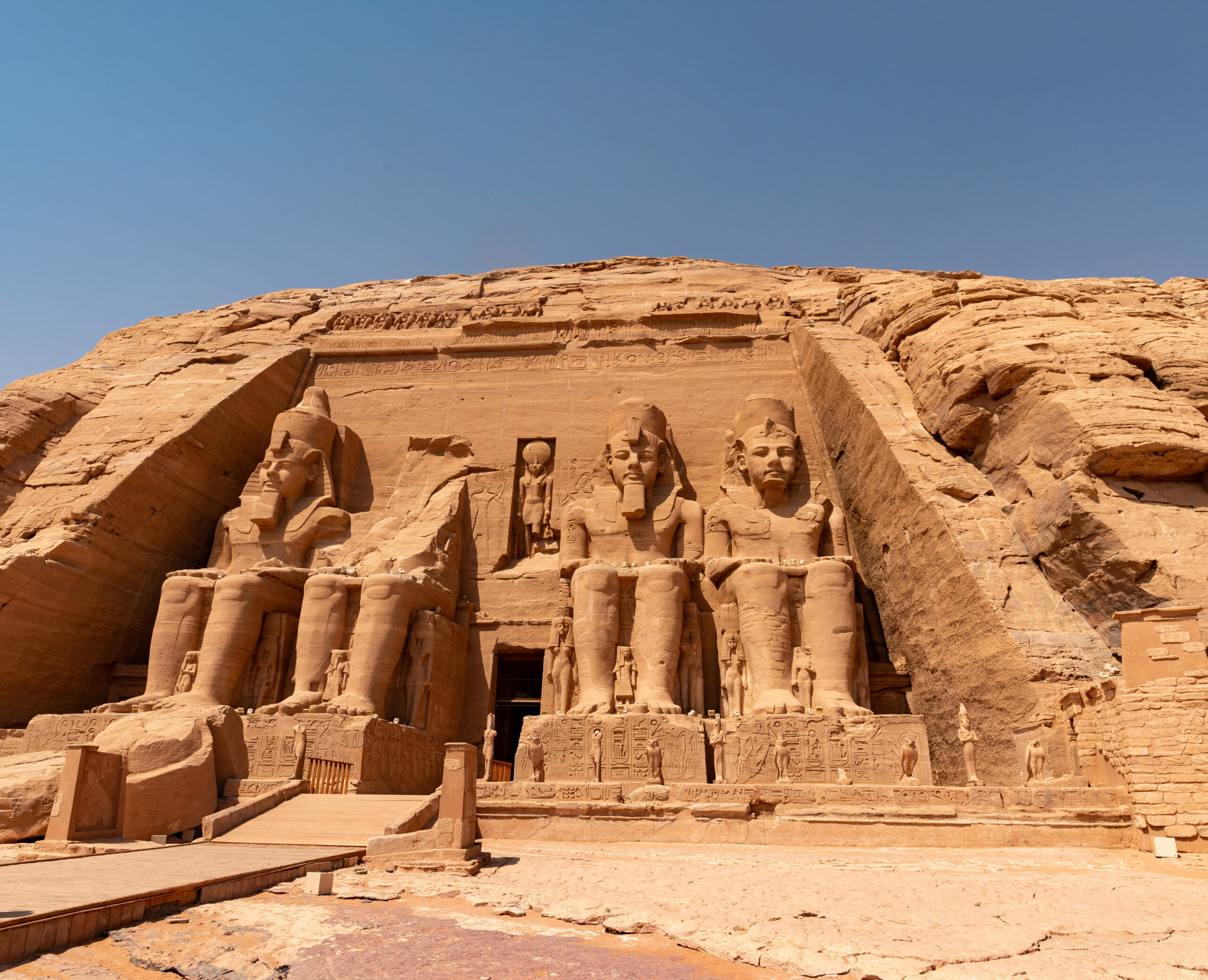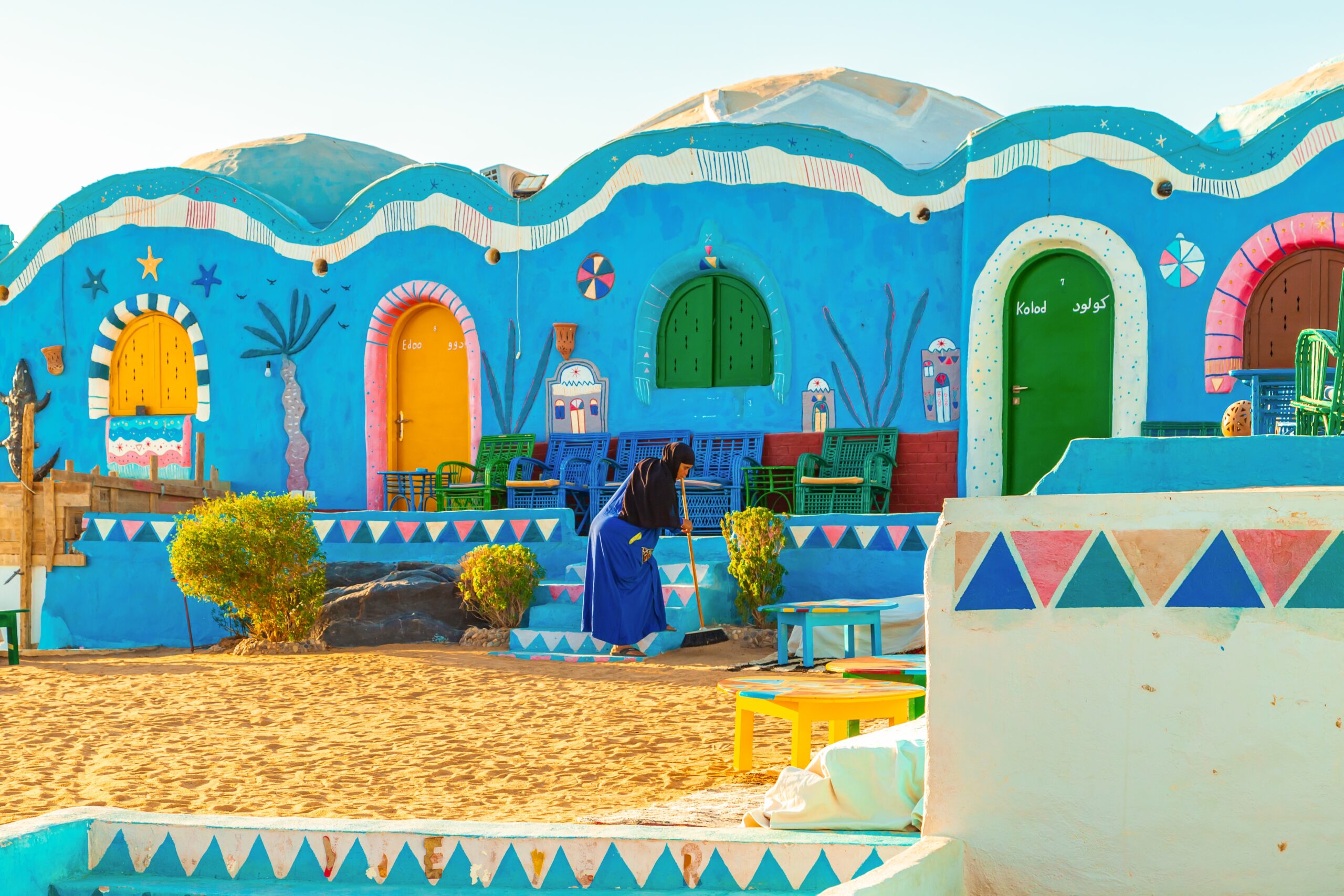Life along the Nile: Stunning Cities & Sights
Discover the magic of the Nile River as it flows through Egypt’s most captivating cities. From the vibrant streets of Cairo to the tranquil beauty of Aswan, these cities & sights blend ancient history with modern charm. Join us as we journey along the Nile to uncover the timeless allure of these incredible destinations.
Story of the Nile: The River of Life
Winding its way for over 4,000 miles through the heart of Egypt, the Nile River whispers stories of lost civilizations and ancient secrets. For millennia the river enabled local communities to thrive in harsh desert climates by providing them seemingly endless food, water, and means of transport. Thanks to the Nile, Egyptians excelled at agriculture, leading to the invention of groundbreaking practices such as basin irrigation, networks of earthen banks that saturated the soil for better crop production. The river was also prominently used as a means of transportation for food and goods.
Worshipped by the ancient Egyptians, the river earned many names including “The Father of Life” and “The Mother of All Men”. Two major gods, Khnum and Hapi, were associated with the Nile and were believed to be responsible for the prosperity and life associated with the river, as well as the death and destruction caused by its flooding.
The Nile became so deeply integrated into society through religion and culture that daily life was regulated by the rising and falling of the water levels, and numerous temples and statues were built for Khnum and Hapi. Today, travellers are welcome to traverse the winding waters and visit what remains of the temples dedicated to worshipping the gods of the Nile.

Let’s start sightseeing!
Alexandria
Founded by the Alexander the Great in 331 BCE, Alexandria was once home to The Pharos of Alexandria, a lighthouse that was one of the seven ancient wonders of the world, and the renowned Library of Alexandria (which you can read more about in our Egypt Dream Magazine). Boasting a picturesque Mediterranean coastline, the city is a beacon of culture with numerous historic sites and bustling local markets to visit. Beyond its ancient landmarks, Alexandria was a melting pot of civilizations, blending Greek, Roman, and Egyptian influences, which are still evident in its architecture and art. It also served as a center for learning and philosophy, attracting scholars such as Hypatia, one of the first-known female mathematicians. Today, Alexandria’s charm lies not only in its storied past but also in its vibrant contemporary culture, from its thriving literary scene to its waterfront cafes.

Luxor
Also known as the city of a hundred doors due to its immense number of ancient temples, Luxor was recognised in ancient times as the great capital of the Egyptian Empire, and home of the wind god, Amun. Luxor is renowned for its rich history and vast array of tombs and temples, some dating back as far as 3,400 years. The city is famously divided by the Nile River into the East Bank, where the temples of Karnak and Luxor stand, and the West Bank, home to the Valley of the Kings and the Valley of the Queens. Once called Thebes, this city served as a religious and political hub, with its monuments reflecting the grandeur of ancient Egyptian civilization. Today, Luxor is often referred to as the world’s greatest open-air museum, offering an unparalleled glimpse into Egypt’s glorious past.
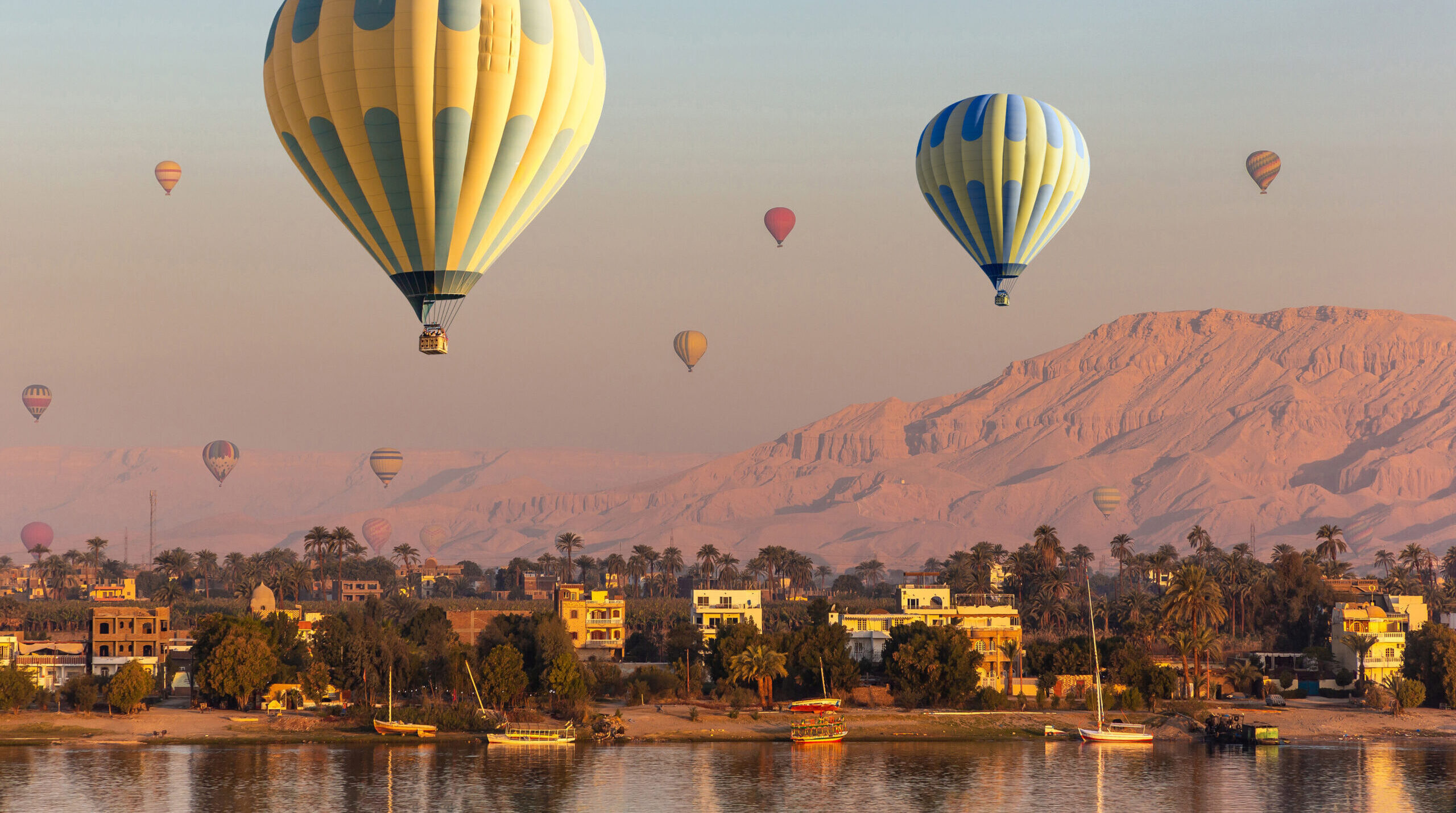
Esna
Nestled on the west bank of the Nile River and deep in the heart of Egypt lies the town of Esna. This quaint town is home to serene river views, a bustling local market, and the ancient Temple of Khnum – an architectural gem dedicated to Khnum, the ram-headed god believed to have crafted humanity on his potter’s wheel. The temple’s 24 towering columns are adorned with vibrant carvings of lotus and palm leaves, showcasing some of the finest examples of Ptolemaic art. Esna’s location was historically significant as a key stop for trade and river travel, and remnants of its importance are still visible in the town’s vibrant culture and daily life.

Edfu
Palm groves, vast deserts, and granite mountains surround what is known to be one of the oldest cities in all of Egypt. The area is known for its strategic location and its role in ancient commerce, with evidence of settlements and temples that highlight its significance. At its heart is the Temple of Horus, a stunningly preserved testament to ancient Egyptian architecture. One of the best-preserved temples in Egypt, the temple still possesses intricate hieroglyphics that tell its visitors ancient secrets and stories. The temple is aligned to perfectly capture the sun’s rays during solstices, allowing sunlight to penetrate its innermost sanctuary. These solar alignments were not just architectural feats but also spiritual events, as they symbolized the divine connection between the sun god and the earthly realm.

Kom Ombo
Once a formidable garrison town built to protect an essential trading route, Kom Ombo and its ancient remnants stand testament to the grandeur and military strength of Egypt. Intriguingly, this bustling trading center was also known for the sale of African elephants, prized for their role in warfare and ceremonial processions. The city’s strategic location along the Nile made it a vital hub for commerce, where goods such as precious metals, exotic spices, and finely crafted jewelry were exchanged. Kom Ombo’s dual temple, dedicated to both Sobek, the crocodile god, and Horus, the falcon-headed god, reflects the town’s cultural and religious significance, symbolizing its dual role as a protector of both spiritual and material wealth.
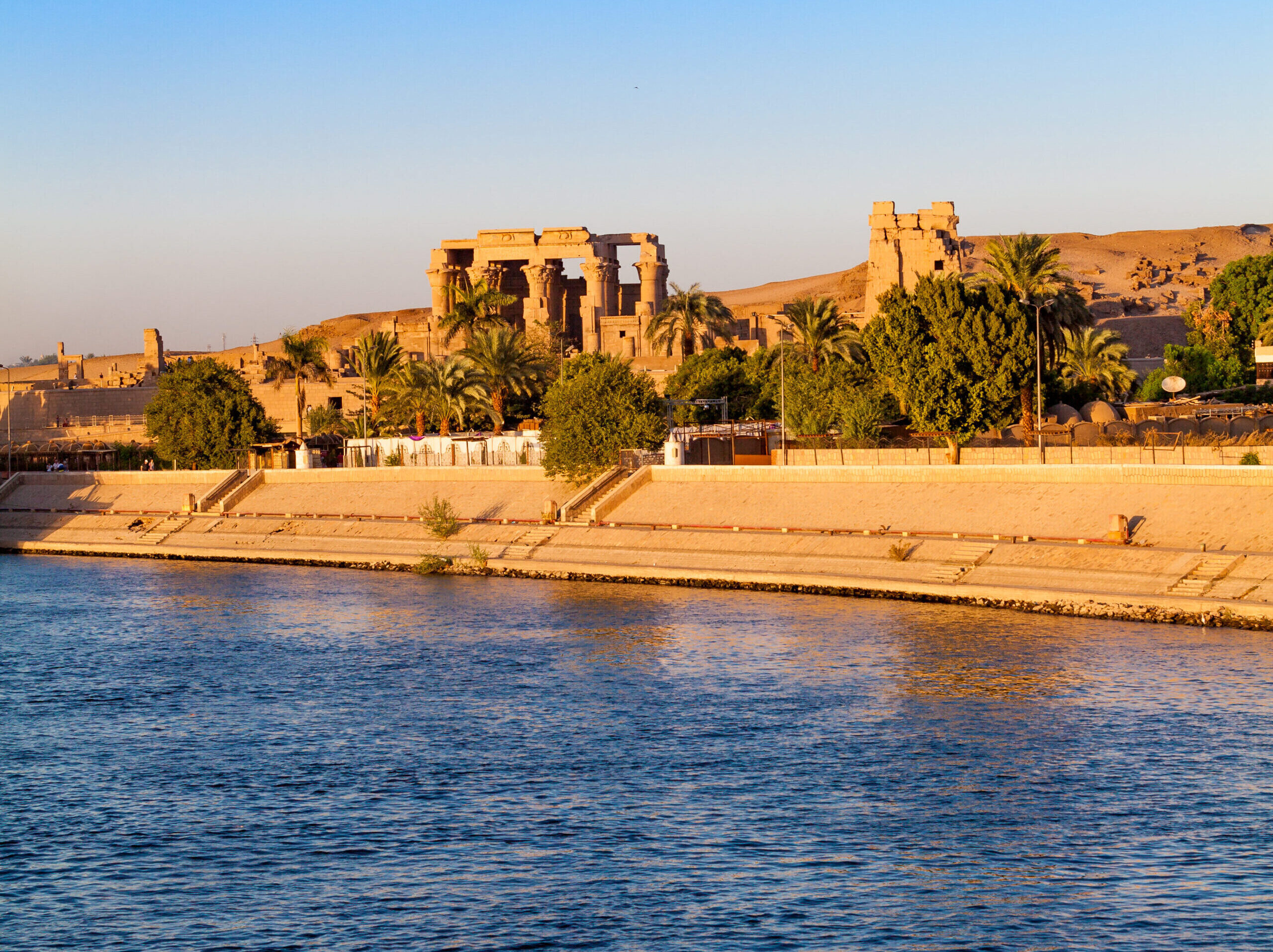
Aswan
Picturesque and rich in culture, Aswan was once a major mining center, renowned for its pink and black granite, which was used to craft iconic monuments such as the Pyramids of Giza and obelisks throughout Egypt. Aswan also served as a vital gateway to Africa, linking Egypt to trade routes and cultures further south. Today, its surrounding islands, such as Elephantine Island and Philae Island, are home to remarkable archaeological sites, including temples, ancient ruins, and the stunning botanical gardens. The city’s vibrant Nubian culture and traditional crafts further enrich its charm, making it a destination that blends natural beauty with historical significance.
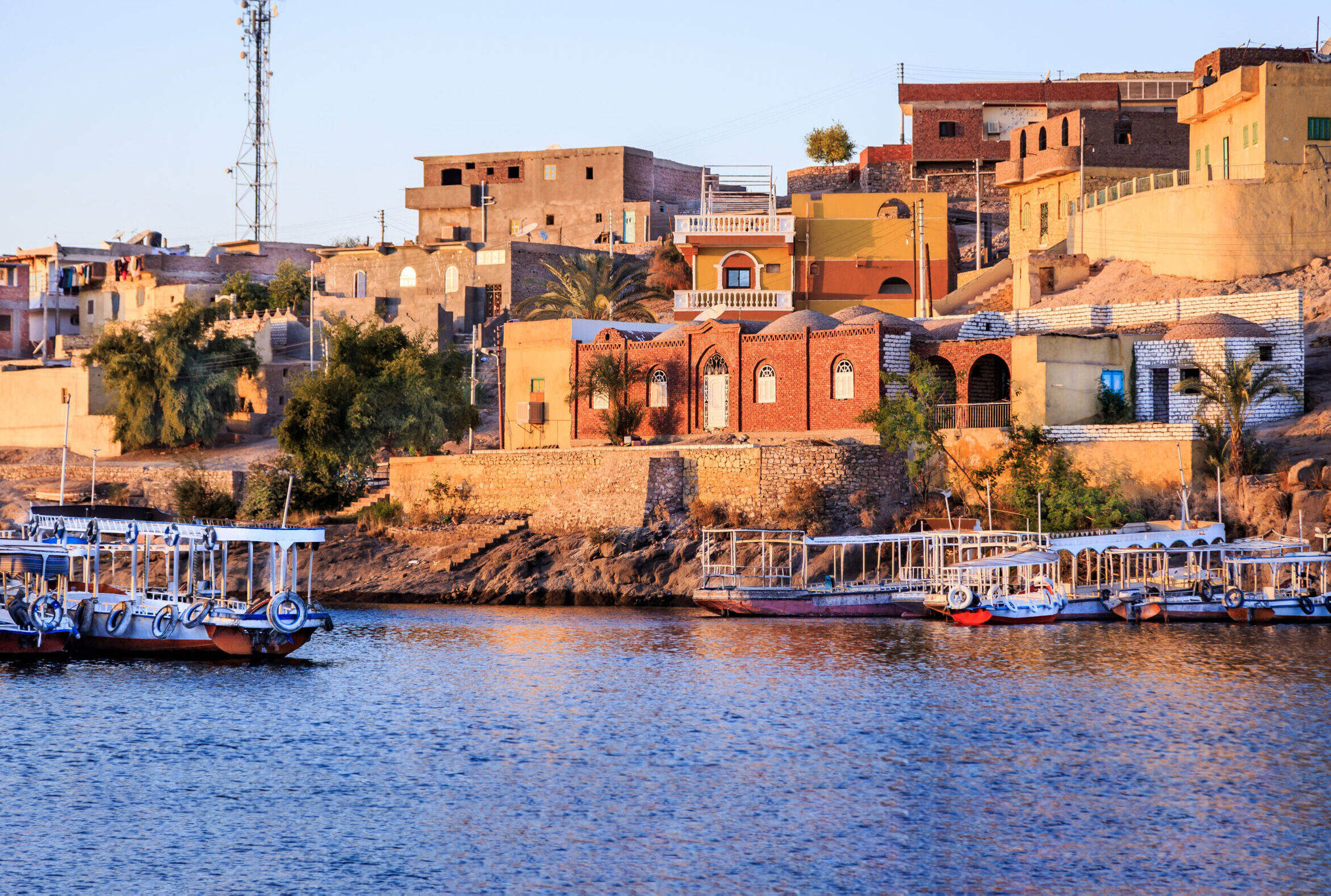
Sights you’ll see along the way…
See these cities & sights for yourself on tour!
Ancient Egypt & the Nile
Take a journey back in time as you amble through the monuments, tombs and temples that line the ancient avenues of Egypt. Gaze up at the Great Sphinx and the panoramic pyramids of Giza, venture inside a pyramid and stand awestruck in the face of astonishing temples built for the gods. Travel to Alexandria, historically known as the capital of knowledge and learning, and soak in the splendour of picturesque scenery as you spend seven days cruising down the Nile. Relax by the Red Sea and experience brilliant white sand and sparkling turquoise waters in the coastal town of Hurghada. On this tour, get swept away in Egypt’s living history with every sight you see and every city you visit.
Departures: March & April 2026September, October & November 2026March & April 2027 (+$200)
